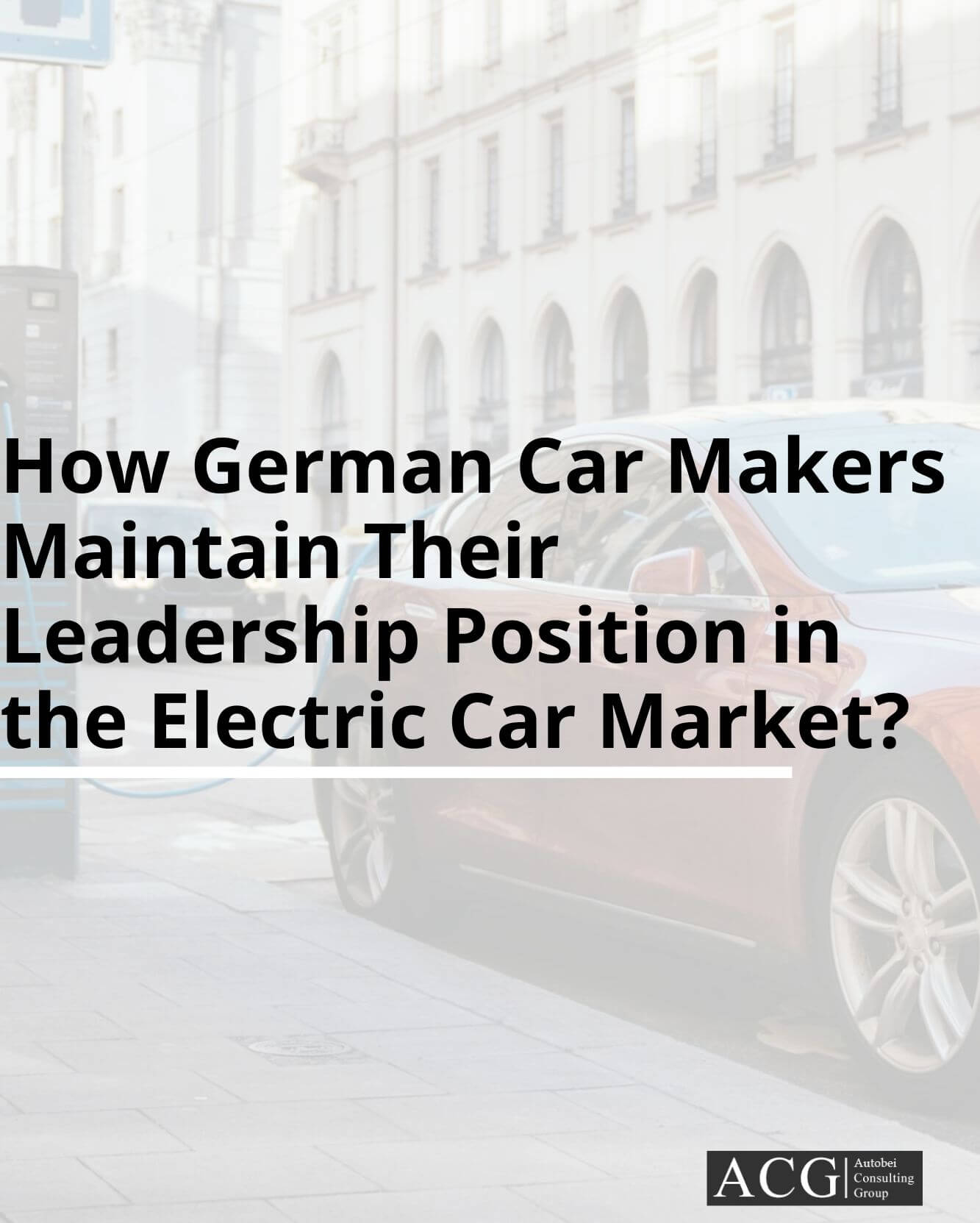When talking about the Chinese electric cars in Europe, our focus is not merely on their quality but would extend to other factors such as their ability to fulfill the aspirations of buyers, the Right set of Product attributes, their cost effectiveness, their cutting-edge features, the quality of the components used, and most importantly, their availability to customers all year.
Taking a look at the current trends leaves us with the impression that the Chinese BEV manufacturers are undergoing a rough patch owing to various issues, and this has surely hit their performance in the market and left them as a poor performers in the market circles.
But we are quite optimistic to see these brands growing big in the next few decades as far as central, eastern, and other parts of Europe are concerned. These market trends are not just restricted to the EV industry but even stretch to the overall brand reach of the OEM, tradition, nation, consumer interaction with the brand, inventory and overall supply chain model of transporting inverters and batteries, and the overall experience in terms of sales strategy and a market view of BEV.
In the present scenario, premium and mass car manufacturing companies around the globe like BMW, Porsche, Mercedes, Volkswagen, and Stellantis are the market leaders in the automotive sector in the European region. Currently, the brands from China are planning to make a giant leap into the European region with an eye on making the most of the opportunities available in the EV sector.
Well-known companies like BYD, XPENG, NIO, and MG have already knocked on the doors and made their way into the streets of the European nations. The valued growth projection for the next 3 years has some positive news for the Chinese brands, as these brands are anticipated to put up a great performance by amassing growth ranging between 17% and 20%. This so-called estimated growth projection has raised the eyebrows of all the contemporary giants of the European region. The rise of Chinese brands to be one of the powerhouses of the EV sector in the European region will bring about a tremendous change in the economic models and will even induce changes related to the current societal structure. One thing is for sure: the indigenous Chinese brands will spin their magical web in the European region sooner rather than later.
The Chinese brand’s rise to glory will add to the woes of the European EV market, which is already plagued with innumerable problems. This will truly worsen the existing job crisis in Automobile, dependent industry and push it into an irreparable position. The brands are also under the threat of suffering huge losses and letting go of the legacy they’ve built over the decades. Further, the loss is estimated at around 8 billion euros, and the GDP is expected to witness a steep dip. Alongside this, the creativity and innovation involved in manufacturing EVs will gradually come to a standstill as the attention of customers has now shifted to Chinese brands.
Various factors have contributed to this sort of unprecedented growth of Chinese brands in the EV market in the European region. Just a few years ago, the EV market in the European region was full of brands that were native to the country.
Analyzing the vital pointers that might have led to this kind of red carpet welcome for the Chinese brands reveals a few fascinating points, and a few of them are listed below:
The quality of the cars produced by the various Chinese brands is on par with the laid-out standards, which has enhanced their acceptable quality margins. The manufacturers have also ensured good inventory capabilities, which has opened the doors to cars being available across seasons. Also, the absence of vital differentiation factors in terms of the production of EVs with European manufacturers has added to the positives of Chinese brands. The Chinese brands have come a long way in the EV sector of the European region and are eager to replicate the flawless run that the German brands are having in the traditional ICE vehicle sector.
The nature of the consumerism model in the European region reflects that 30 to 40% of consumers are curious to get their hands on EV cars, irrespective of the brand’s origin. They are all set to own even the cars presented by Chinese brands if they are appealing in terms of performance and quality. While a major chunk of the audience is apprehensive about owning Chinese brands owing to various factors, the Chinese brands have taken cognizance of this issue and have instructed their think tanks to bring about a feasible solution to address it.
Product pricing is indeed a detrimental factor and is one of the core considerations for customers while purchasing. One might feel that the Chinese brands are much more affordable than the European brands, but that’s not true, as the pricing is fairly competitive and in line with European EV pricing. The Volkswagen and the BYD are all priced in the range of 50k euros. Similarly, NIO and Tesla are also priced in a fairly equal range.
Prominent factors have contributed to the unparalleled growth of Chinese brands in the European market:
Customer Sentiment: The customers of the European region have embraced the Chinese brands with open arms, thanks to the cutting-edge technology that the Chinese brands have imbibed in their products and also the best-in-class branding strategy that is put to use by them.
European Policy: Though the European policies are extremely stringent in countering various issues, they lack the proper procedural system that safeguards the interests of the indigenous manufacturers.
Product attributes: This factor has lived up to the expectations of the customers and will definitely contribute to the EV market’s broadening horizons.
European OEM design and quality: This is one of the prominent aspects of the EV market, and the manufacturers are compelled to come up with the vehicles while keeping in mind the bigger picture. Incidentally, the quality of the German Electric cars (As per some of the reports) has not been up to standard over the last few years, and they’re working to get things better. However, the South Korean and Japanese brands have carved names for themselves in the product sector and are well known for their superior quality.
EV technology: This segment of technology is in a very nascent stage, and all the contemporary giants in this field are making little progress every single day. So we can’t really zero in on one specific company that is good at this. This field also demands very superior hardware and software knowledge and skilled people. Hence, Germany has called for professionals to be very skilled in this domain to actually make it count.
Tesla Factor: This brand has entered the EV market like a thunderbolt and is reaping rich dividends in the European EV market. Germans OEMs do not face such tough competition in ICE vehicle segment.
Emotional affinity: The people of European countries are deeply inclined towards their indigenous brands and have always embraced the products produced by these brands. Local OEMs need to fulfill the customer’s expectations in a short span of time.
Miscellaneous factors: There are quite a number of pointers that will have an impact and contribute to the growth of the EV market in the European region. The advent of e-fuel has definitely altered the market dynamics and has proven to be a vital factor in bridging the existing space between the BEV market and the European OEMs. Geo-politics is also one of the important factors in EV games.
Overall, the European automotive market is facing numerous challenges, and it has to definitely find a way to tick these boxes at the earliest in order to stay firm and rooted amidst all the challenges posed by the new entrants and foreign brands.
The full report is available which included every aspect of EV, Europe, and China.




